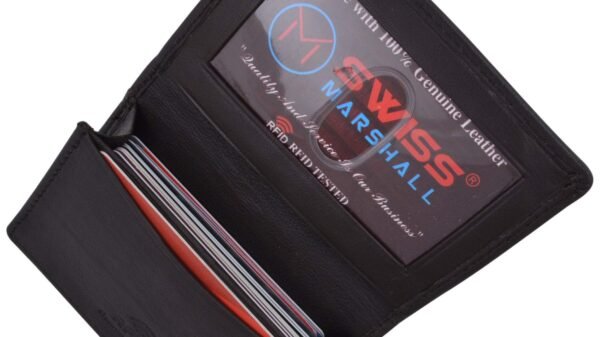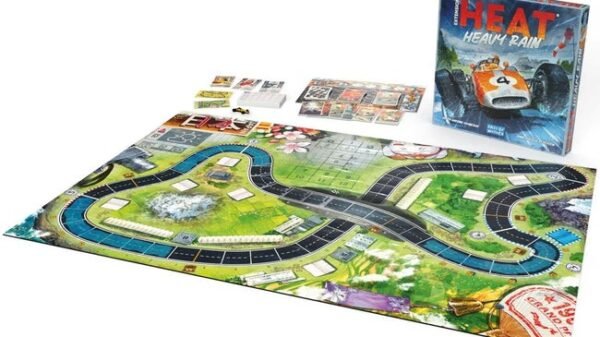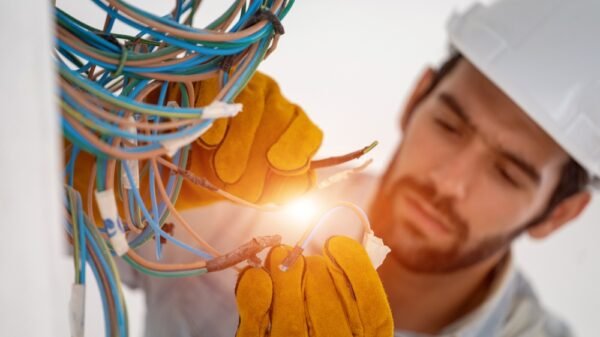You know those little things in life that quietly do their job, like holding up our laundry or keeping our tents grounded? Well, they’re called pegs, and while they might seem ordinary, there’s a whole lot more to these unassuming heroes than meets the eye. Get ready to dive into the fascinating world of pegs, where history, variety, and a dash of innovation are the stars of the show!
A Brief History of Pegs
The history of pegs dates back thousands of years. Ancient civilisations utilised pegs in their architecture, furniture, and more. Using wooden pegs served as fasteners to secure structures and attach articles of clothing. The versatility and simplicity of pegs rendered them essential.
Materials Used Over the Years
While the earliest pegs were made of wood, as humans innovated, pegs were constructed from bone, metal, and plastic. For example:
Wooden Pegs
People historically used wooden pegs, valuing them for their organic and environmentally friendly nature and their intricate carving ability, making them suitable for both functional and decorative purposes.
Bone Pegs
While less common today, people prize bone pegs in ancient times for their natural textures. They were often used in jewellery and luxury items, representing a unique blend of craftsmanship and historical significance.
Metal Pegs
Metal pegs are chosen for their exceptional strength, making them essential for applications requiring robust support, such as in construction and industry, ensuring stability and durability.
Plastic Pegs
Modern plastic pegs are lightweight, weather-resistant, and available in various colours, making them a convenient and versatile choice, especially for outdoor use and tasks like hanging clothes, demonstrating the adaptability of materials in everyday life.
Pegs in Daily Use
Clothes Pegs
Probably the most recognised use of pegs in modern times. They come in various designs, from the classic spring-clip style to the pinch-grip design.
Tent Pegs
Essential for campers, these pegs anchor tents to the ground, ensuring they don’t fly away with a gust of wind.
Pegboard Hooks
Handy in workshops or craft rooms. They fit into perforated boards, allowing for versatile storage solutions.
Musical Instruments
Pegs are integral to stringed instruments like violins, guitars, and cellos, where they adjust the strings’ tension.
Are There Different Types Of Pegs?
Yes, there are different types of pegs designed for various purposes. Here are some common types of pegs:
Dowel Pegs
Woodworkers and furniture makers frequently use these cylindrical wooden or plastic pegs to combine two pieces of wood.
Shelf Support Pegs
These pegs are designed to support shelves in cabinets, bookcases, and other furniture. They often have a cylindrical or L-shaped design and are inserted into holes drilled in the cabinet sides to hold the shelf in place.
Cribbage Pegs
Cribbage pegs are small, typically metal or plastic, used in the card game cribbage to keep score. They are moved along a cribbage board as players accumulate points during the game.
Game Pegs
People often use pegs as components in various board games and puzzles. For example, Mastermind and Peg Solitaire use pegs in their gameplay.
Tent Pegs
These are sturdy pegs, usually made of metal or plastic, used to secure tents and canopies to the ground when camping or setting up outdoor shelters.
Puzzle Pegs
Some puzzles and brain teasers involve moving, removing, or manipulating pegs to solve the mystery. Examples include the “peg solitaire” puzzle.
Guitar Pegs
Also known as tuning pegs or machine heads, these are used on guitars to hold and adjust the tension of the strings to allow the player to tune the instrument.
Clothespins
Clothespins are a type of peg used for hanging laundry to dry. They are typically wood or plastic and have a hinged design for securing clothing.
Buying Eco-Friendly Pegs
Pegs made from sustainable materials are a great option in today’s ecologically conscious society. Here are some additional buying tips focused on selecting pegs that are eco-friendly:
Materials
Opt for pegs made from sustainable and biodegradable materials whenever possible. Bamboo is an excellent eco-friendly choice as it is renewable and grows quickly, making it an eco-conscious alternative to traditional wooden pegs.
Recycled or Upcycled Materials
Some pegs are made from recycled or upcycled materials, such as reclaimed wood or plastics. These pegs help reduce waste and promote the reuse of resources.
Avoid Harmful Chemicals
Check if the pegs are treated with harmful chemicals like pesticides or preservatives. Eco-friendly pegs shouldn’t include chemicals that could be hazardous to your health or the environment.
Packaging
Consider the packaging of the pegs. Look for options that use minimal or recyclable packaging materials, reducing the overall environmental footprint of the product.
Longevity
Choose pegs that are built to last. Durable pegs may need to be replaced less frequently, reducing waste over time.
Multi-Purpose Pegs
To minimise the number of pegs you need to buy, look for versatile pegs that can serve multiple functions. Some pegs have designs that suit laundry and other household tasks.
Local and Ethical Sourcing
Support local artisans or manufacturers who prioritise ethical and sustainable practices in their production processes whenever possible.
Repairability
Consider if the pegs are designed for easy repair. Some eco-friendly pegs allow you to disassemble and repair them instead of discarding them when they wear out, thus extending their lifespan.
Reusable Options
Look for pegs that are designed for long-term use. Reusable pegs, such as stainless steel or durable plastic pegs, are an eco-friendly choice as they reduce the need for constant replacement and contribute to less waste in the long run.
Biodegradability
If you prefer a disposable option, choose pegs labelled as biodegradable. These pegs will naturally break down over time, minimising their environmental impact when worn out or discarded.
Wrapping Up
Pegs may seem humble and often overlooked in our daily lives. Still, their history, diversity, and potential for innovation make them a fascinating and essential element of human culture. As we navigate an era of environmental consciousness and technological advancement, there’s never been a better time to look at the pegs we use and make choices that benefit our households and the planet.
So, whether you need pegs for laundry, woodworking, or any other purpose, consider opting for eco-friendly options, supporting local artisans, and staying curious about the ever-evolving world of pegs. Together, we can secure a more sustainable and connected future with the simple yet versatile peg as our steadfast companion.




























































